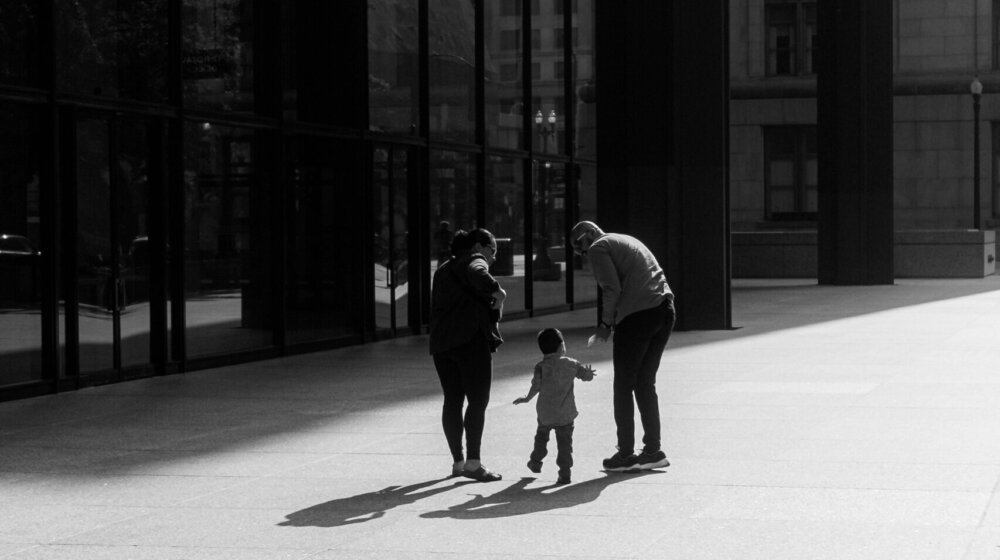
Time to go Green?
As environmental awareness continues to increase, individuals and businesses are continuing to strive towards acting more sustainably. In the commercial property market, this has led to green leases quickly growing in prevalence.
What is a green lease?
A green lease is a standard commercial lease which includes additional commitments by the parties to cooperate to minimise the environmental impact and maximise the energy performance of the property. These commitments are enforceable obligations under the lease which will apply for the duration of the term.
It is ultimately for the parties to agree the nature and extent of their environmental obligations under a green lease and this is likely to depend on factors including the type of property being let and the commercial needs, ambitions and budgets of the parties. However, typical green leases will address issues such as energy efficiency, waste reduction, recycling and the use of sustainable materials. A number of legal and environmental bodies – such as The Chancery Lane Project and Better Buildings Partnership – have developed precedent clauses and toolkits to assist parties and practitioners in agreeing and drafting green leases.
The clauses within a green lease are generally categorised as being “light”, “medium” or “dark green” depending on the responsibilities and obligations that they impose. A light green clause imposes less responsibility whereas a dark green clause is a legally binding and more onerous commitment. For example, a light green clause could be that any environmental enhancements to the property are disregarded upon a rent review, in order to encourage the tenant to carry out these improvements. A dark green clause could be that the landlord offers a rent reduction should the tenant meet certain energy efficiency targets, to incentivise the tenant in achieving these goals. Green leases are likely to include a mixture of light to dark green clauses depending on the parties’ approach.
Why use a green lease?
The benefits of green leases extend beyond improving the quality of the environment. As the UK government continues to impose greater environmental obligations on developers, landlords and tenants, many people see green leases as a pre-emptive way of complying with anticipated future regulations in this area.
In addition, more sustainable premises are likely to help landlords attract prospective tenants, particularly companies who have made their own environmental pledges. For tenants, the costs savings generated by increased environmental efficiency are also likely to be seen as an important factor in deciding to enter into a green lease.
The alternative to green leases: a memorandum of understanding
A memorandum of understanding is considered to be a softer alternative to entering into a green lease. Where this approach is adopted, the parties’ environmental commitments are set out in a separate, voluntary agreement as opposed to being incorporated within the lease itself. As a result, the agreed objectives within the memorandum are not legally binding or enforceable, but the memorandum is more easily updated to reflect developments in environmental best practice.
Furthermore, as the parties can enter into a memorandum of understanding at any time, it means that parties can sign up to these commitments even if the tenant is already in occupation under an existing lease.
The future is green
It is expected that green leases will continue to be adopted more widely as the UK government continues to introduce and accelerate broader and more onerous environmental and sustainability-orientated regulations. As a result, landlords may wish to begin investigating the benefits of letting their properties under a green lease now and tenants should be aware of the advantages that this can bring for them too.
Our Commercial Property Team regularly provides advice to Landlords on the potential impacts of the latest legal developments in Property Law. If you would like to contact a member of the team, you can email us or call us at either our Luton Office 01582 731161 or at our St Albans Office 01727 845245.
Disclaimer: General Information Provided Only
Please note that the contents of this article are intended solely for general information purposes and should not be considered as legal advice. We cannot be held responsible for any loss resulting from actions or inactions taken based on this article.
Insights
Latest Insights



Request a call back
We’ll arrange a no-obligation call back at a time to suit you.

